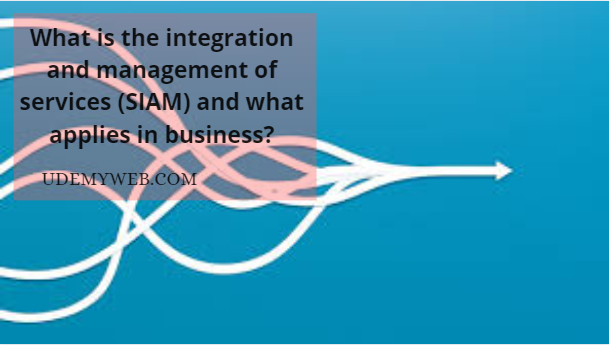What is Customer Voice (VoC) and how can we use it?

What is Customer Voice (VoC) and how can we use it? Voice of the Customer (VoC) is a marketing research technique that encompasses a collective vision of customer needs, wants, perceptions, preferences, and expectations.
This article explains everything you need to know about the customer voice program. Including how to collect, customer voice questions, customer voice analysis, and the tools you can use to do so.
Why is the customer’s voice important?
Understanding customer motivations and expectations are the building blocks for adopting a customer-centric strategy. Brands use customer voice data to paint a clearer picture of their customers. Which in turn helps them better personalize their customer experience, prioritize key drivers of the experience. And know what is most important to their customers.
In fact, industry-leading organizations that use the customer voice program in their key decisions have had significant success, including:
- 12% improvement in response time
- 6% reduction in customer care costs
- 13% more marketing efficiency
- 11% increase in revenue
Customer voice collection methods
One of the key aspects of any customer voice program is gathering and better understanding your customers’ goals, experiences and expectations. There are many ways to get feedback from customers today, from feedback sheets to using pop-up polls to social media.
But often, marketers have similar expectations of each of these methods. Even if the way you interact with customers has a big impact on the nature of the information you collect.
So to make sure you use the right method, you should first ask yourself:
Read Also: How to prevent data breach in the business environment?
“What do I intend to use the data for?”
Here are the different types of sampling methods you should consider based on your business needs:
Business needs: strategic
If you want to constantly monitor your website experience and measure key performance metrics (KPIs) such as completion, net promoter index (NPS). And overall satisfaction, you need to gather a representative and repeatable source of customer feedback.
The best way is to use a random active request that ensures you collect feedback that reflects how all visitors are feeling about your website. And provides an accurate measure of the KPI that you can track over time as decisions are made for strategic guidance. do.
The most common interaction technique associated with collecting a repetitive and representative sample is to use a pre-post approach. This includes inviting a random section of your website visitors upon arrival to complete the survey at the end of the visit.
Business Need: Tactical
If you are looking to gather feedback to help address specific issues on your website. Such as broken links and other technical issues, you need feedback that is unique to the visitor who is experiencing the problem.
The best way to collect tactical feedback is a user-initiated approach that allows your visitors to submit their feedback anywhere they visit by clicking the button that is constantly displayed during the visit. This is commonly referred to as the Comment Card or Feedback Tab.
Read Also: Selection and implementation of business analysis approaches and techniques
This approach allows you to gather specific feedback on the unique barriers that this visitor has experienced during their visit, then you can easily pass them on to key stakeholders in your company so that they can address these issues.
Business Need: Optimization
If you want to optimize the performance of certain aspects of your website, such as shopping cart or product configuration, you need to collect targeted feedback from those who use these.
The best approach to optimization is the targeted behavior request approach. This includes motivating a specific audience to receive feedback based on how they interact with your website during a visit (for example, behavioral metrics). Such as the number of pages viewed, the time spent on the site, or the specific URLs they viewed.
For example, by launching a special support survey to collect feedback from customers who have access to your site’s support. You can find out how effectively your online support tools meet customer needs. And how you can optimize those resources.
Remember: Different ways of interacting pursue different goals. The approach you take as part of your customer voice program ultimately affects the type of data you collect. And how key stakeholders in your company can use it.
For example, if you want to collect customer feedback to help you improve your online shopping cart experience on your website. Your business needs this feedback to be “optimized.” Therefore, you should use a targeted sampling method that only engages customers. Who have used the shopping cart during the visit.
On the other hand, if you want to collect data to monitor the website experience of visitors over time, your business needs to be “strategic” in this regard. That way, you can use a representative sampling method to get an accurate picture of how visitors generally feel about your website.
Conclusion
In short, the voice of the customer enables companies to monitor the customer’s journey. And act on that information and feedback. This leads the company on a path to continuous improvement. And ultimately has a positive effect on the final profit.





